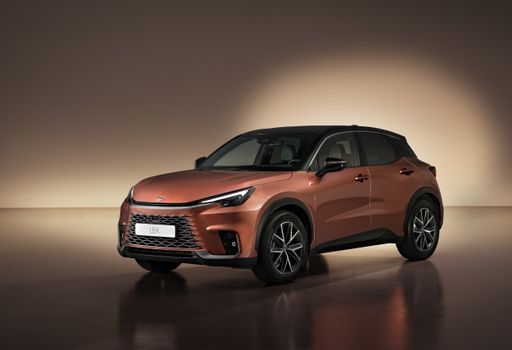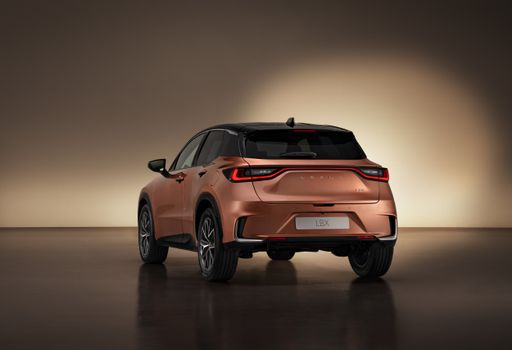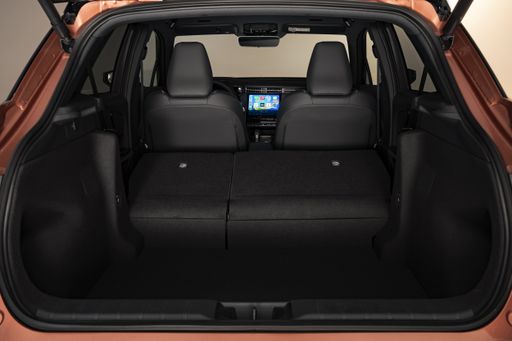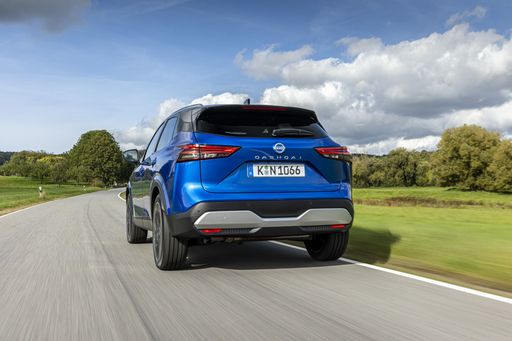Lexus LBX vs Nissan Qashqai: An In-depth Comparative Analysis
As the automotive world leans increasingly towards versatile SUVs, two models stand out for their innovative features and robust engineering: the Lexus LBX and the Nissan Qashqai. These 2024 models offer competitive dynamics in the compact SUV segment. Let's delve into the technical aspects and innovations that set these vehicles apart.









